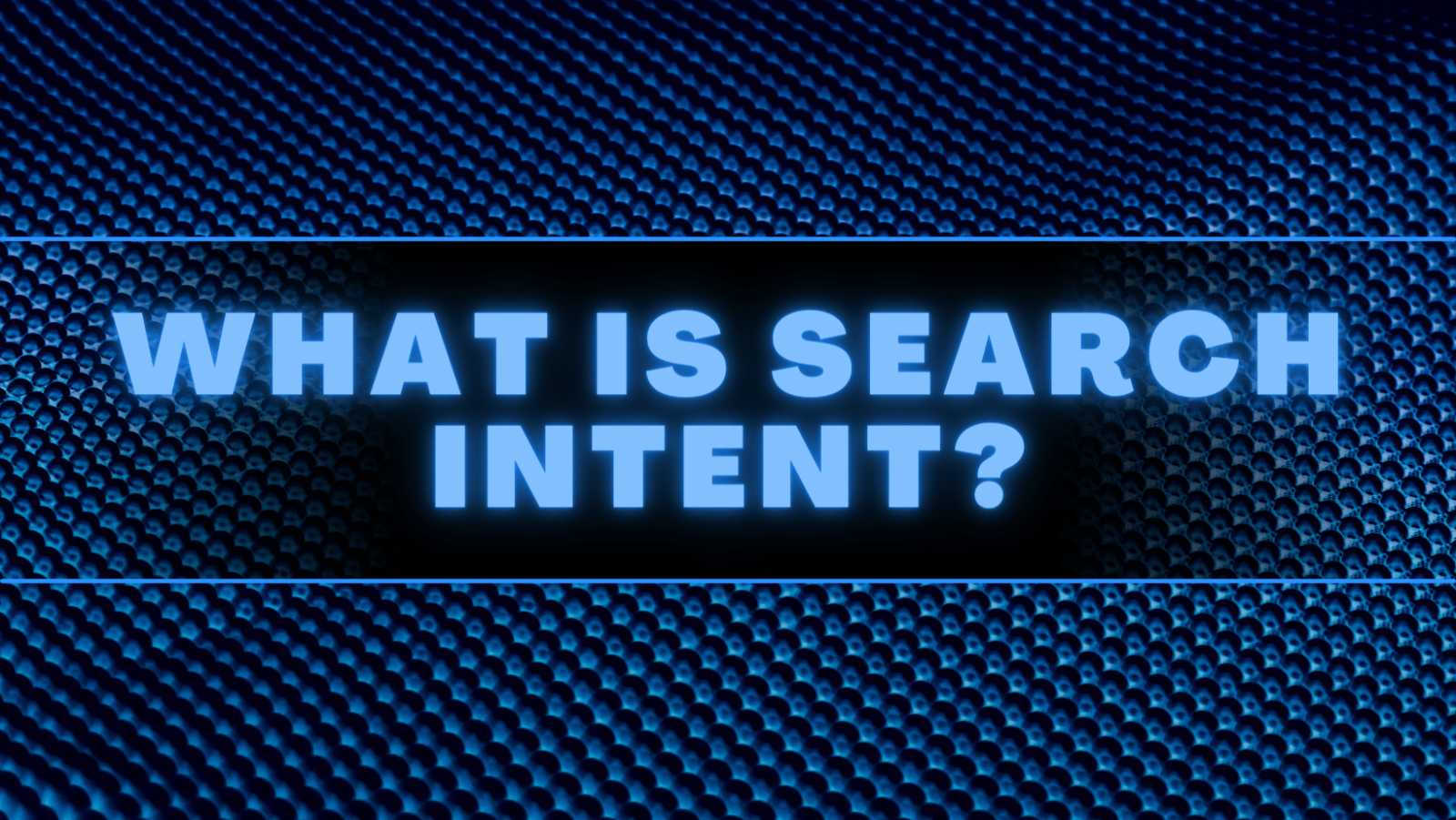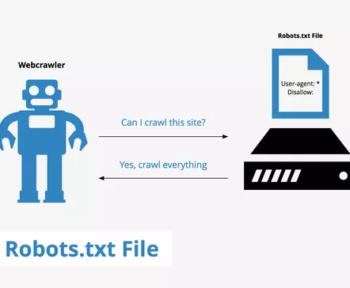Table of Contents
What is search intent?
Search intent refers to the purpose or intent of the user when entering a query in a search engine. This is one of the reasons why Internet users use Google and other search engines to find anything.
Ideally, when a user types or speaks a specific query, they expect relevant search results as well as related landing pages. Google determines what Internet users want so that it can deliver interesting results and satisfy them. The job of brands and webmasters is to provide relevant content to those customers and to fulfill the search purpose. It is natural for people to use content or respond to information based on what they want. Therefore, a page that is well-optimized for user intent can easily outperform a page that is only optimized for search engines.
Why care about search intent?

You need to understand that relevance between search intent or request and destination page is the primary criterion. As with every criterion, this must be taken into account when optimizing web references. In short, optimizing your content for search purposes can help increase visitor engagement in improving your ranking and click-through rates. There is a purpose behind every request. Therefore, if you can capture the purpose of each search, you can create landing pages with more relevant content.
The “Seminar Organization” produces question articles and guides as well as results around the service provider pages.
Considering that relevance is the cornerstone of success in SEO, it will be a huge success for your online presence. Benefits of Understanding and Mastering Research Intent:
- Compare the offer to your goal needs
- Improve positioning and improve brand visibility
- Target the right people
- Reduce the website bounce rate
- Identify the need to update existing site content
- Identify new opportunities and nests
What are the 4 common types of search intent?

It is possible to group the search intent into 4 common search intent types to reduce the number of different types of queries in search engines.
Informational Research: The Internet user is looking for information with the intention of learning anything. This may be the answer to a specific question or problem. Most information searches contain questions, but they can also be grouped into topics or keywords: “How does Google rank websites?” Or “changing the kitchen hood”.
Navigational Search: Internet users looking for a specific website or online platform. This type of query often involves brand names because the user already knows the page he is looking for but does not know the exact URL address. It is much easier for them to search on Google than to type in the website URL. We accept requests such as: “My LCL Online Bank” or “Airbnb After-Sales Service”.
Transactional research: The Internet user wants to buy something. This is also known as business intent and can be applied to conversion activities (downloading files, making appointments, creating leads, etc.). Examples of transaction searches are “Buy Cheap Xbox” or “Price of SEO Service”.
Commercial Research: A researcher is looking for information about a specific product or service. They want to know more about anything before making a purchase decision. In most cases, these users are looking for opinions, tests, and comparisons on the options available to them. Also, they can easily change if they have the right landing page or content. Examples of business survey searches are “Best Hotels in Lille”, “SEO Agency in Lyon”. Most queries made for local search have the same purpose.
According to a 2016 search query taxonomy study, most searches on the web are informative. This type of intent makes up almost 80% of the total search - the remaining 20% is divided equally with other query types. However, all four types of search intent are part of each individual innovation buyer’s journey. From understanding, and then observation and final decision, it is interesting to target each visitor, because it is a potential vector for conversion.
Optimizing your site for search intent
The first step in comparing site content with a search objective is to understand each marketing goal and buyer personality. Your target audience will be the starting point for most of your search intent optimization efforts because by knowing their goals, maturity, expectations, and experiences, you can assess the intent behind their questions. Here are some handy tips to help you get started:
Analyzing GOOGLE SERP results
Doing a quick SERP analysis will give you insight into the purpose of the search. That’s why the ideal content optimization or keyword research process begins with the analysis of top-ranking pages as well as top SEO competitors. You can easily find what people want to see from content rated for a given keyword. For example, if you do a quick search for “SEO Keyword Research” you will see some top results guides and articles that explain how to do SEO keyword research. There are other keyword research tools or SEO agencies that provide this service.
Do the same for your keywords to understand what is useful to your target audience. Pay attention to the content type in the top search results and see how you can apply the same concept to your pages.
Discover new opportunities
Relying on these successes to improve your SEO strategy can be a good solution … but not always. In fact, rewriting existing content is not enough to optimize search intent. You need to move forward and explore new opportunities to expand existing content. You should also provide new perspectives on topics that interest your readers. But how exactly do you find these possibilities? One of the easiest ways is to use the “Other FAQ” section on Google. This tool is very useful when it comes to content ideas.
In addition to the relevant question box on Google, you can also get inspiration from tools like Ahrefs Keyword research, SEMrush, Spyfu, Buzzsumo, Google Keyword Planner, and other content assistants. These are more useful because they provide keyword search volume, relevance, cost per click (CPC), social shares, and other criteria to help select the most appropriate keywords. Finally, think about getting a list of frequently asked questions and issues through your site visitors or comments. And then, consider creating new content that will solve their problems.
Create relevant and customized content
Now that you have your topic or target keywords ready, the next task is to create relevant content. It’s time to identify the most favorable content format. The most popular content formats are articles, reviews, how-to guides, reviews and tests from users or expert critics, opinions, case studies, and comparisons. There are so many content formats out there, so you never have an idea regardless of what topic or purpose you are dealing with.
For your understanding, we limit ourselves to the most effective content formats for the four categories of search intent.
Informational Research: Instead, write blog posts with suggestions, detailed lists, guides, tutorials, how-to articles, infographics. Show pedagogy!
Navigational Research: Focus on creating webinars, overview pages, case studies, product and service listings, e-books, product demo videos, online forms, and landing pages. Obvious destination.
Transactional Search: Create product page, sales page, live demo, appointment page, free consultation, and registration page.
Commercial Research: Navigate for comparison, detailed product pricing pages, and service pages description
Add value to the user
One of the best optimization tips for search intent and SEO is to create content that adds value to the user. Useful content should be comprehensive, credible, and authoritative in your field.
Overall: Focus on creating great, comprehensive content that users will enjoy reading. This does not mean increasing the number of words, but rather covering the subject perfectly. Quality is better than quantity in SEO.
Reliable: Confidence can be created in many ways based on content type, content, and purpose. For informational purposes, you can increase trust by using reliable references and sources. The use of third-party quotes in product reviews and backlinks also increases confidence in transactions and business inquiries.
Official: As a trust, you should back up specific claims from outside sources or through your own search results with more information.
If you can create well-optimized content that interests users, you’re definitely getting the original search intent, but Google can also reward you with a rich snippet (position 0 for short).
Final thoughts
Search intent is the bread and butter of Google and other search engines. As a reminder, the US giant Google aims to “manage information globally and make it universally accessible and useful.” As Google’s algorithms are constantly improving, marketers who provide what people want and what they need will be rewarded for sure in the long run. Additionally, the days of you fooling Google with “black hat” SEO techniques are almost over - and your chances of getting a rank in the SERP are lesser.
That’s all for this post don’t forget to share and leave comments. Thank You & take care.






2 Comments
gate.io
Tina, thank you so much for both the article and especially for the strategic orientation of the Healthy Communities Foundation. The question on existing practices perpetuating harm in the communities we serve is well-stated and critically important. Thank you for sharing your wisdom.